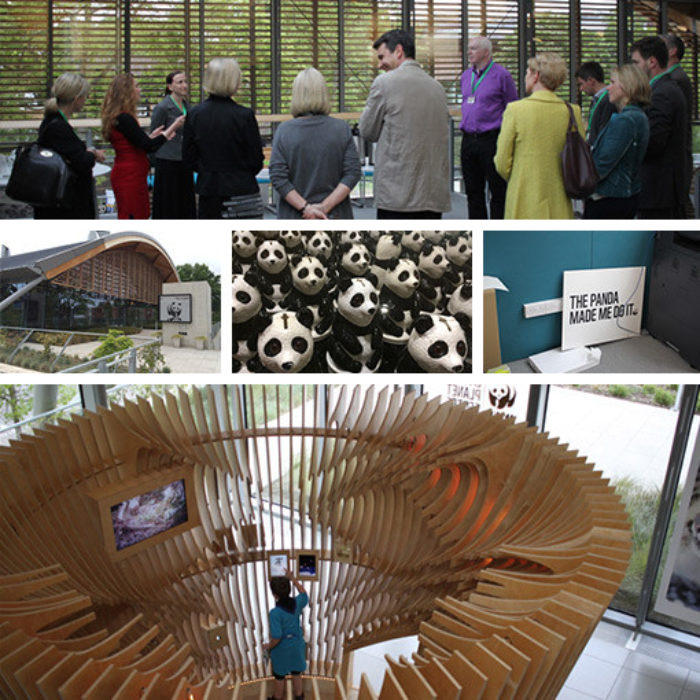Using insight to deliver killer creative
If you want design to have cut-through, memorability, and achieve real results, the key is usually in the quality of the insight.
Know your audience
Getting your messages across succinctly can feel harder than ever due to the ever-expanding range of available communication channels. Often the brief might be trying to cast the net too wide. Too broad a target audience can result in diffused messaging.
This is where good insight begins to bring real benefits. Dig deeper into the audience types, and focus on specific decision makers or influencers. Understand their motivations, and be clear about what you want from them.
Because there are so many potential channels and touchpoints, your choice should be informed by knowledge of where to find your audience, and when they will be most receptive to your message.
Maintain alignment to the campaign or brand
Armed with this insight, develop a robust messaging framework that includes a compelling overarching narrative, key messages by audience type, and calls-to-action specifically aimed at changing behaviour. It’s easy to get distracted by creating additional messages. However, these should probably be delivered elsewhere, or later on, since they often reduce the effectiveness of the campaign at an overarching level.
Only then should you start crafting a creative solution. It’s tempting to side-step the stages mentioned above and dive straight into creative sessions and idea generation. And there is an argument that too much preparation can limit the creative process. However, by doing the groundwork and capturing the insight, the creative process is not constrained, rather it is channelled towards more relevant, and hopefully more effective solutions. And having that understanding of your audiences makes it easier to evaluate whether your creative is on target.
This focus on the audience and messaging needs to be done in alignment to the campaign or brand, its narrative, its values, its reason why.
In my experience, it’s essential to follow the above process. Starting the creative process at the right time results in more effective campaigns that are more robust, more flexible across a whole range of various communication channels, and, just as importantly, future-proofed.




